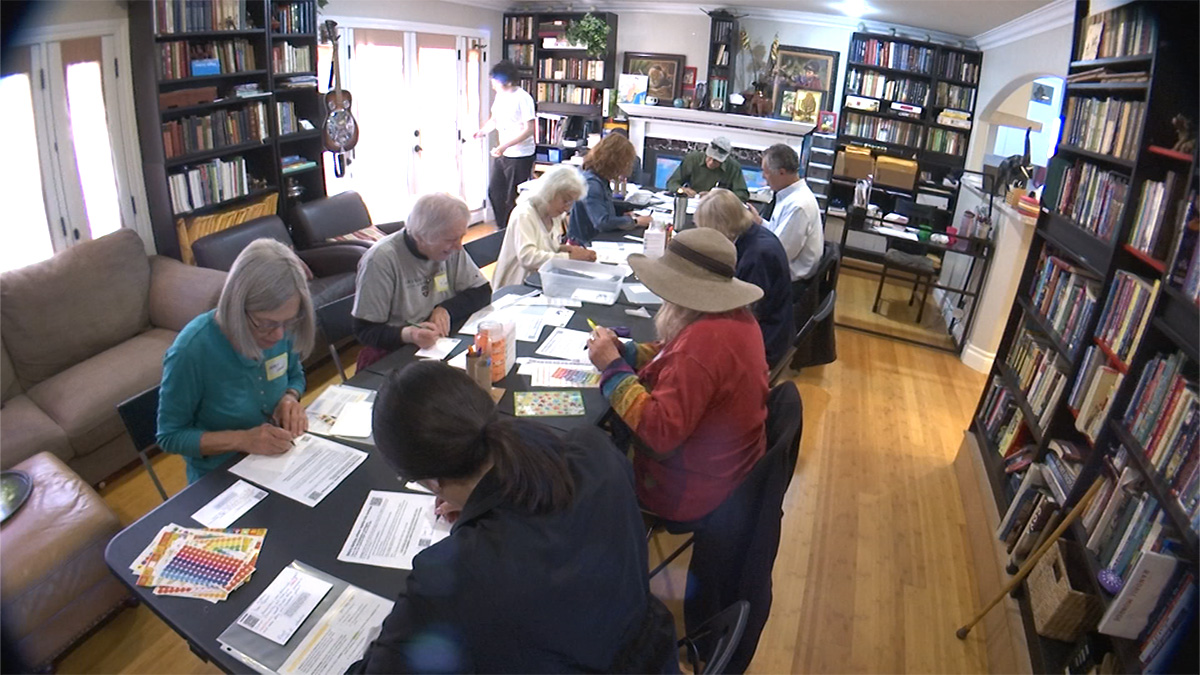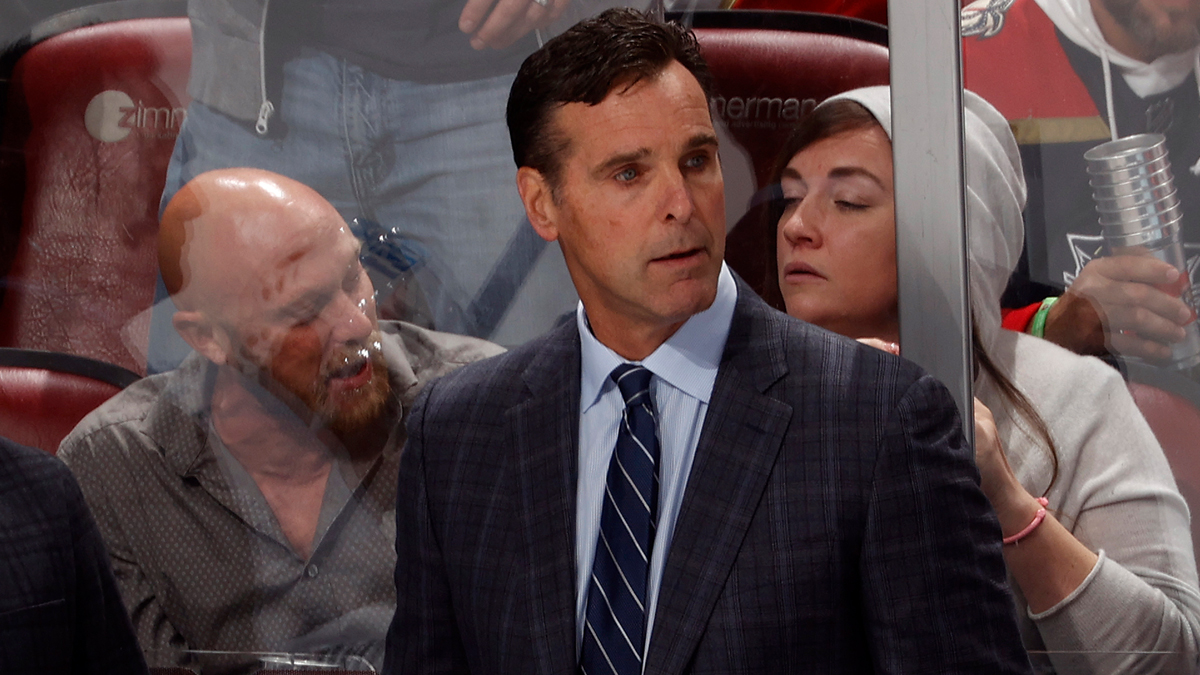NBC Bay Area’s investigative unit has uncovered a near complete 911 ambulance response meltdown in San Francisco that left at least five people with no ambulances to immediately take them to the hospital.
The most serious incident in the Jan. 13 collapse was at the corner of Clay Street and Grant Avenue in Chinatown, where records obtained by NBC Bay Area show the struggle to find an ambulance for an apparent stroke victim. It ultimately took some 21 minutes to get an ambulance to the scene, more than double the target response time.
That was not the first incident that night, however.
It was about 7:30 p.m. when the city ran out of ambulances. Engine 8 in the city’s China Basin area called for an ambulance response.
“This is Engine 8, do you have a medic attached to this call, chest pain and shortness of breath?” one firefighter asked over the radio. “We’re trying to get a medic right now,” was the reply.
Just a few minutes after that crew could not get an ambulance to come, at 7:37 p.m. someone called 911 about a woman collapsing at the corner of Clay Street and Grant Avenue. The crew from fire station No. 13 arrived at 7:43. The dispatch log includes the notation, “medic to follow,” which indicates no ambulance was immediately available for what had been a Code 2 - a moderate level response call.
“Yeah, we need a Code 3 ambulance for this run,’’ one Station 13 firefighter can be heard saying over the radio when he arrived, increasing the urgency rating of the call. “Need C3 (Code 3—emergency) Medic” is reflected in the log as of 7:44. Two minutes after that, dispatchers locate a private ambulance.
Local
It took another 14 minutes for the medics to arrive at 7:58 p.m. That was some 21 minutes after the first call went out.
But that was not the only Chinatown crew left waiting. Engine No. 2 radioed in to a dispatcher. “Do we have a paramedic assigned to our run yet?” the firefighter asked. “Engine 2, negative.”
Still other crews in the Western Addition and the Financial District were told the same thing. As the crisis mounted, there was an exchange between the Financial District based crew. “Do we have a medic assigned to this call yet?”
“Truck 13, we have no medics right now,” came the reply.
“It’s not the best case scenario,” acknowledged fire spokeswoman Mindy Talmadge about the Friday the 13th meltdown, which she said was the product of a dramatic and unexpected increase in call volume.
“It was just a surge,” she said. “They happen. You never really quite know when it’s going to happen -- so, we do the best we can with that…”
The ambulance shortfall came as the city logged a record number of ambulance transports in December. Talmadge says the problem has been made worse because the city’s staffing model did not account for the influx.
“There’s only so much we have control over – we can’t control those surges,” she said. “But again, based on projected call volume, we staff accordingly.”
Help is on the way, but it may not be enough, Talmadge acknowledged. Some 30 new paramedics are expected to go into service in the next month or so, but Talmadge says more may be needed to keep pace.
In December alone, Talmadge says, medics took 400 more patients to the hospital than just the month before, a record of more than 1,800 transports.
“It’s trending up, it’s getting more challenging,” she told us.
Supervisor Aaron Peskin, who represents the Chinatown area, says he is terrified at the prospect of not having enough ambulances on just a routine Friday night.
“That’s pretty frightening,” he said, adding that he wants to hold hearings on what the collapse on Friday and the response to the woman who collapsed.
“We need to have a soup to nuts review of how our ambulance system is working in San Francisco,” he told us, “and I intend to do that.”



